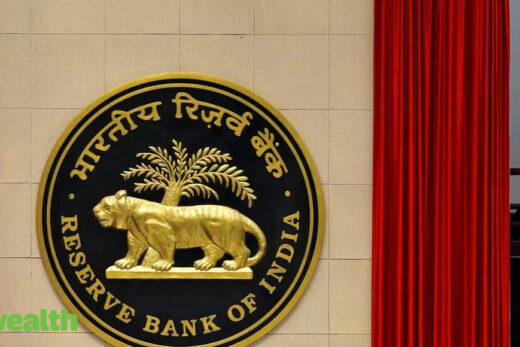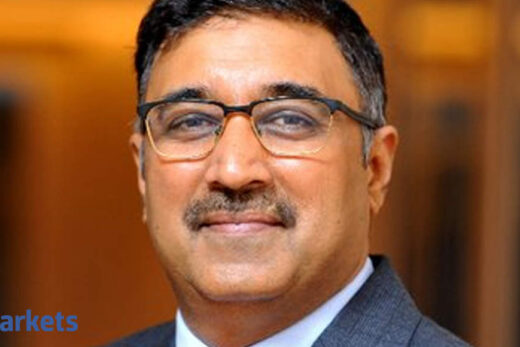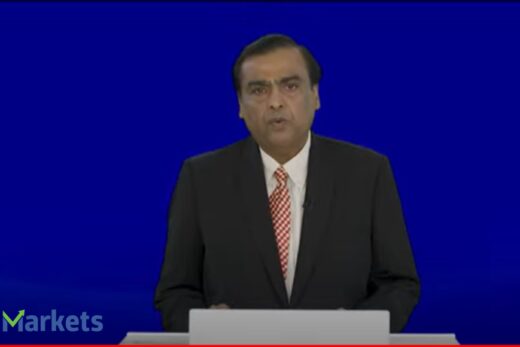“In the wake of the pandemic, when fiscal response resulted in a sharp increase in government borrowing, the market operations conducted by Reserve Bank not only ensured non-disruptive implementation of the borrowing programme, but also facilitated the stable and orderly evolution of the yield curve,” Das said. “Monetary policy, G-sec market regulation and public debt management, therefore, need to be conducted in close coordination, and the primary focus of such coordination is the G- sec market.”
The RBI’s role as the investment banker to the government and banking regulator came in handy when the state had to respond to extreme stress in the economy – unlike the US where balkanisation of regulations disrupted the market, he said.
“The Reserve Bank’s regulation of the G-sec market has also a strong synergy with its role as the banking regulator – as banks are the largest category of participants in these markets,’’ said Das. “The importance of this aspect is also highlighted in the recent G30 report, which identified the balkanized regulation of US Treasury markets where banking regulations seem to have adversely impacted market-making.’’
Governor Das said direct oversight of various markets and the obligations to keep the markets stable and expand the economy have synergies.
“The synergy between the Reserve Bank’s responsibility for key macro market variables – interest rates and exchange rates, which ensures overall financial market efficiency – and its obligation to ensure stability while keeping in mind the objective of growth is well-accepted,’’ Das said. “Indeed, its effectiveness in managing stress in foreign exchange and interest rate markets is made possible by direct access and oversight of the G-sec market.’’
Insurance and pension funds, among the largest holders of government bonds, should take the next step to be active in the securities lending market so that market liquidity is not concentrated and that during times of volatility, the yield curve moves in an orderly way, he said. Das said that discussions held by the Securities Lending and Borrowing Mechanism (SLBM) on augmenting secondary market liquidity, by incentivizing investors like insurance companies and pension funds, should be carried forward.
The RBI is also making efforts to enable international settlement of transactions in G-secs through International Central Securities Depositories (ICSDs), he said.
“Once operationalized, this will enhance access of non-residents to the G-secs market, as will the inclusion of Indian G-secs in global bond indices, for which efforts are ongoing,” Das said.
Separately, Das also said that the global economy is showing some signs of recovery but the problems aren’t over yet.
“While there are signs of recovery, we are not yet out of the woods,” he said “Many central banks also implemented measures targeting specific market segments that were witnessing heightened stress. These measures were, in many cases, complemented by regulatory relaxations (lower capital and liquidity requirement) aimed at supporting credit flow from banks and other financial intermediaries and at stabilizing the financial system and restoring confidence in financial markets,” Das said.



